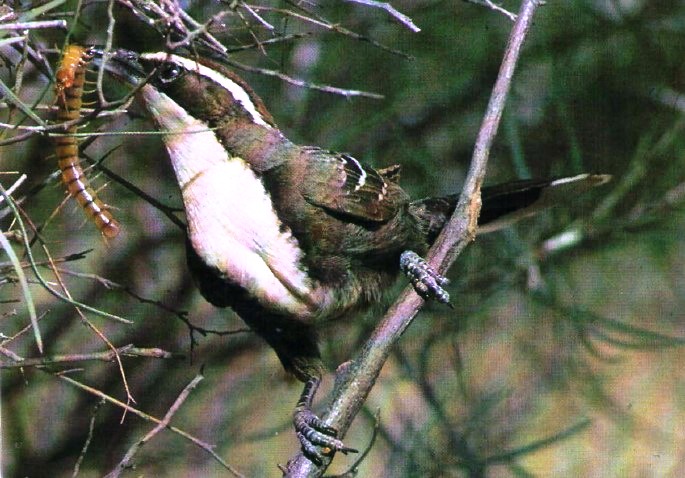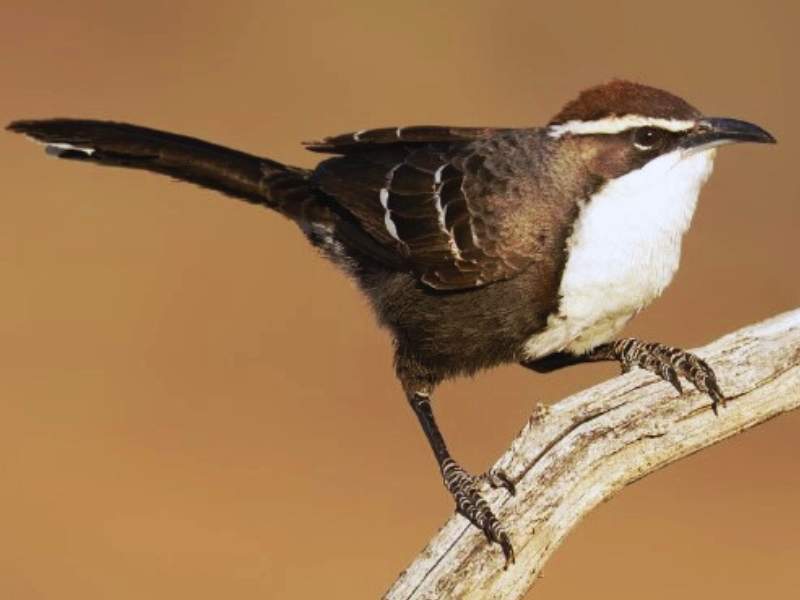Chestnut-crowned babbler (Pomatostomus ruficeps) is occupy drier and more open mallee, mulga, and belar Casuarina woodlands in far inland southeastern Australia than do White-browed and Hall’s Babblers. This babbler is also known as Chatterer and Red-capped Babbler. The chestnut-crowned babbler is about 210-230 mm in length and 50-55 grams in weight.
Like other Australian babblers, they form lasting flocks of 10-20 birds that keep to the identical territory and forage jointly. They hop vociferously about among ground litter and up tree branches, rummaging and probing for insects and seeds. However, if they are distressed they fly off, flutter-gliding, low over the ground.
They dash up to the under-canopy of trees and shrubs, shouting loudly in alarm. Occasionally, they chase each other so much around the same bushes that they wear trenches on the ground. Throughout the Murray-Darling basin and southeastern Lake Eyre basin, chestnut-crowned babblers live in open scrub and arid woodland. There are no races.

Although, Chestnut-crowned babblers give a slimmer appearance as compared to other babbler species. Also, the bird is noticeably smaller than the gray-crowned babbler.
ADULTS: Both sexes are similar and sexually monomorphic. Crown and back of neck chestnut, bordered by long thin white eyebrows edged black—back and wings brown-grey, mottled dusky on the mantle and with two white bars on wing coverts. The tail is dusky, tipped with white. Throat to belly is white, edged with a dusky line; flanks grey-brown; undertail dusky spotted white; Eye brown. Bill is black; he has a lower base bone. Legs are dusky.
The immature adults are duller; eyebrows and flanks are suffused with rufous. There is no information about its movement; however, the species is thought to be sedentary and locally common.
Chestnut-crowned babblers call loud up slurred whistles we-chee-chee, in contact in flocks. Chattering chack-a-chack, repeated, when alerted. However, the song of the chestnut-crowned babbler consists of a series of strident, melodious piping whistles, from a high vantage perch similar to a little eagle’s piping.
Nesting and breeding occur in July-December, or sometimes after heavy rains. Nest with a large dome over 400 mm wide, with a side entrance, of interwoven sticks and twigs; lined with bark fibers and animal and plant down; placed on an open forked branch of a tree 5-10 m above ground. Old nests can be used repeatedly.
Chestnut-crowned Babblers also roost together in dormitory nests, frequently disused breeding nests to which they keep adding material. They probably breed communally, too. The bird lays three to five, rarely seven, pale grey-brown eggs covered with hair-lines of sepia and dusky, oval shape, 26 x 18 mm.
The chestnut-crowned babbler lives in open environments and large groups are more likely to encounter predators but less prone to attack. Potential avian predators include the brown falcon, Australian hobby, peregrine falcon, brown goshawk, and collared sparrowhawk.
As well as insects, their larvae, spiders, small amphibians, crustaceans, and reptiles, fruits, and seeds are also part of its diet. Foraging is usually done within drainage zones, which are more protected from predators and have a higher prey abundance.
Read More – Grey-crowned Babbler – A True Survivor of the Australian Birds
